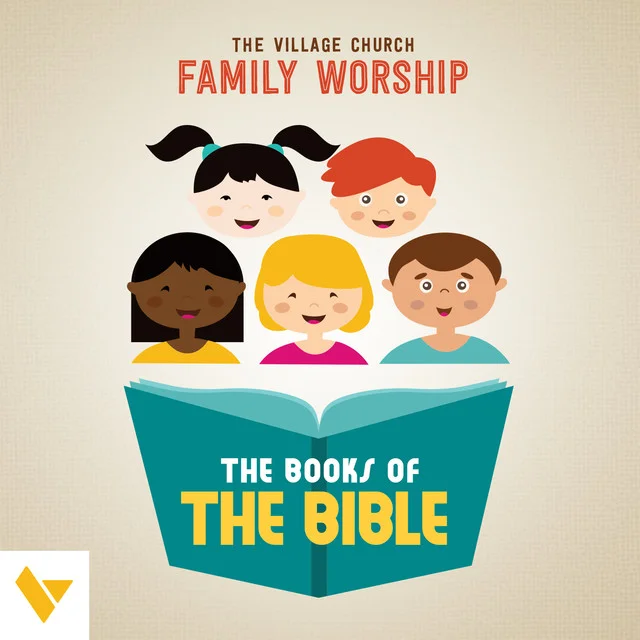Keep it simple when reading the Bible by staying at the intersection of method, motivation, and message.
(Footnote: We don't think you end up becoming culturally weird, socially inept, cultish, cliquish, unloving, and the list can go on when reading the Bible. We see these are the inevitable when we don't stay in the intersection.)
1) Motivation
Read with a motivation to learn author's intent which is learning what the author intended to mean for others to interpret and apply. Reader's intent is when the content is dismissed or twisted to mean what they want it to mean regardless of the author. We ask the question, "What did the author mean by this?" versus "What does this mean to me?" Author's intent leads us to read unselfishly while reader's intent reads selfishly. Author's intent still affects us while reader's intent directs us to an erroneous understanding, especially then of the Bible which is God's compiled written word. The sincerest part of motivation is a willingness to repent which means to desire, think, and act differently according to whom you trust. Therefore, when you come to trust God, we begin to desire, think, and act accordingly. All the while, God helps us as he promised.
2) Method
Reading is reading, and we read content in context like any other note, letter, or book. One way to think about reading is the acronym O.I.A. passed down by Dallas Seminary professor, Dr. Howard Hendricks ("Prof"), in his book, "Living by the Book."
O.I.A. stands for observation, interpretation, and application. We observe the text to then interpret that leads to life application.
You can watch Hendricks' video series for further instructions about O.I.A.
Observation allows us to see both the internal and external setup of the Bible, giving us a clearer picture of how it has been written, collected, compiled, and cast down through generations. By doing so, it becomes clear that the Bible is not a made up fictional set of stories or a collection of contradictory mistakes. We begin to observe how the Bible functions contextually, grammatically, historically, literally, and spiritually.
Since the Bible is a collection of 66 books divided into two major sections of the Old (39) and New Testament (27), we read passages within the context of it's own book and then Bible section. This keeps the context always guiding the content, like trying to find a tree (content) in the midst of a large forest (context). Once the content is understood within the context, then one can begin finding correlations and relationships between passages, learning the connections of scripture versus what people perceive as contradictions.
3) Message
The most important part of reading the Bible is understanding the one primary, overarching, meta-narrative message of the Bible - the promise of the Christ (Messiah, Anointed, Chosen, Promised One) who would become named Jesus. Everything else becomes supportive, connective, and clarifying to Him. Christ Jesus is the epicenter of life, history, and the Bible. No matter where one begins, we end up seeing him central.
We know by scripture that God the Father intended this and that God the Holy Spirit ensures people trust Him. Jesus is the gospel (good news) for humanity to trust as he came to live, die, and resurrect on our behalf to perfectly please God's righteous and eternal judgment of our sinful state before him that would have separated us from him by placing us into hell but now through Christ reconciles us to him in relationship with a true promise to be with him forever in heaven that affects us to live for him until then.





























